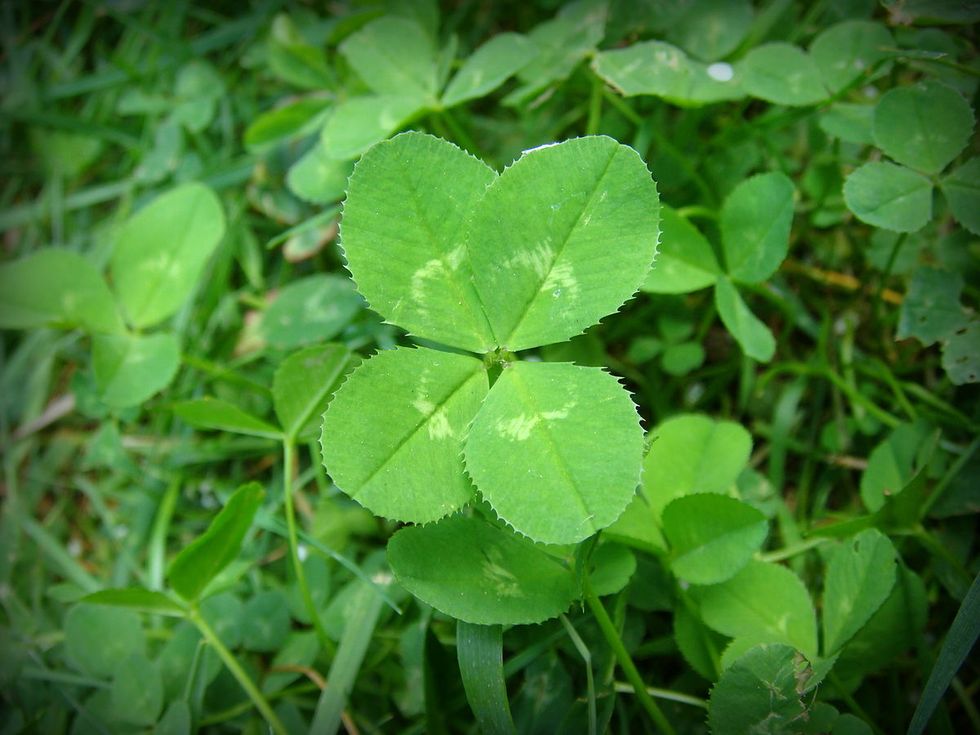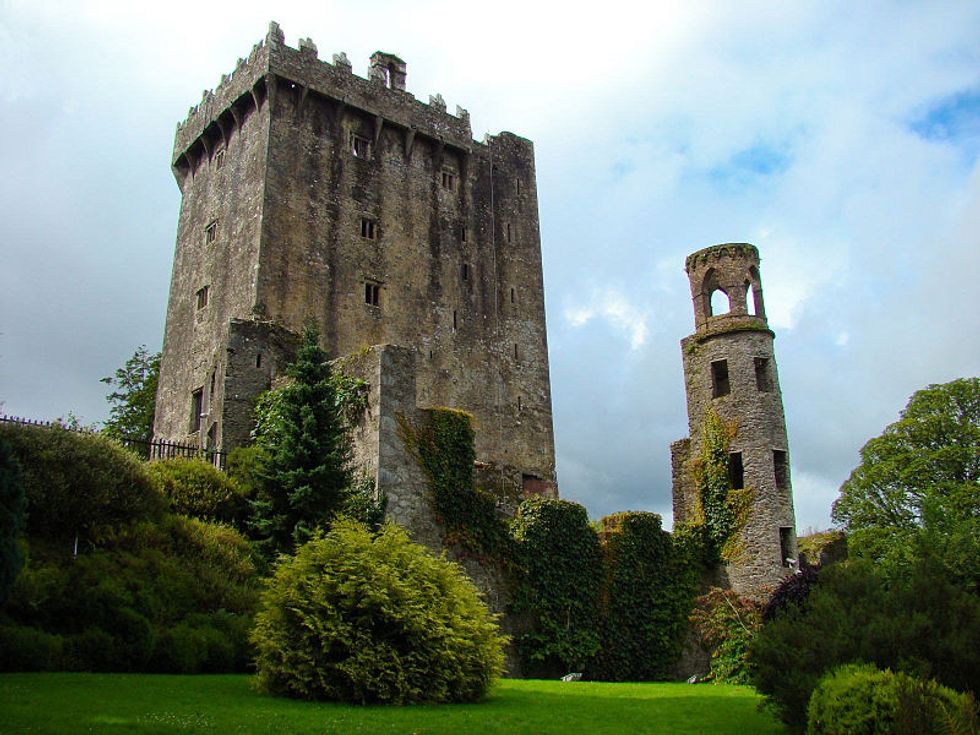On March 17th it'll be the day where we see green everywhere because it's St. Patrick's Day. We try to at least wear green earnings or a green shirt to avoid getting pinched. But, St. Patrick's Day is more than just wearing green.
Do you know why we celebrate Saint Patrick and what he did? Ever wondered why some people say "kiss me, I'm Irish" or what's the difference between a shamrock and a clover? Keep reading for some fun facts you must know about the holiday!
Who was Saint Patrick?
Saint Patrick was a Christian Missionary born in England by the end of the fourth century. His name was Maewyn Succat but switched to Patricius or Patrick when he became a priest.
At the age of 16, he was taken prisoner and brought to Ireland as a slave. There, he had a revelation from God. While asleep, God appeared in his dream and told him to leave Ireland. This led him to escape after six years and returned to England at 22.
He walked 200 miles and finally arrived home again. Here, he had another revelation. An angel spoke to him through a dream. The angel told him to become a missionary and return to Ireland. Determined to fulfill God's message, Saint Patrick attended a religious training and eventually became a priest.
Once in Ireland, he built churches, traveled the country and preached the Gospel along his disciples. He obeyed God's will and always kept spreading the message of Christianity. He is now known as the patron of Ireland and is an important Christian figure.
A myth about Saint Patrick is that he banished all snakes from Ireland. However, it is believed that there were never snakes in this country since it is surrounded by cold water, making it impossible for snakes to migrate. Metaphorically, this myth means that Saint Patrick actually expelled the evil (symbolized by snakes) from Ireland and brought a new message.
He died on March 17th, 461, at Saul, where he built the first church in Ireland.
Shamrocks and clovers are not the same
The iconic shamrock was used by Saint Patrick to explain the Holy Trinity to the Irish people. It has three leaves, which symbolized the Holy Trinity: the first one meaning the Father; the second, the Son and the third, the Holy Spirit.
In Ireland, the shamrock is now a national symbol thanks to Saint Patrick. The word shamrock means "little or young clover" and comes from the Irish word "Seamrog."
However, keep your eyes open for four-leaf clovers. These are actually really hard to find since they are less common than shamrocks.
The first three leaves represent faith, hope and love; while the fourth one symbolizes luck. This is why it is believed these will bring you luck in St. Patrick's day!
The legend of the leprechauns
And who are those two feet tall shoemakers dressed in green? Leprechauns! These mythical creatures are Irish fairies. Their tales were passed down through generations and are very popular during St. Patrick's Day.
It is believed that leprechauns have their own pot of gold that can be found at the end of a rainbow. Also, according to an Irish legend, if you capture a leprechaun, he will grant you three wishes. But be careful! Leprechauns can be very tricky when dealing with them.
They used to wear red clothing, but it switched to green in the 20th Century when the color began to be related with Ireland. It is also believed that green would help them blend in the green Irish valleys and hide.
It is also said that wearing green would make you invisible to the leprechauns. These fairies would pinch all those who were not wearing the color. Nowadays, this is a popular tradition: we wear green on St. Patrick's Day to avoid getting pinched!
Before green there was... blue!
The color that predominates the most in St. Patrick's Day is definitely green. We see people wearing green, leprechauns in green, shamrocks and clovers which are green... even the Chicago River gets dyed green!
But, did you know it wasn't always green? The Order of Saint Patrick was founded in 1783. A light blue was chosen for it to differentiate it with the Order of the Garter's dark blue, and the Order of the Thistle's green. Saint Patrick can actually be seen wearing blue in his first representations.
Blue was switched to green for several reasons. One is due to Ireland's nickname being The Emerald Isle due to its green hills. Ireland's flag was also an influence on this shift. The green stripe represents the Catholic Irish; the orange, the Protestants; and the white, the peace between these both. The shamrocks are also coincidentally green as well.
"Kiss me, I'm Irish"
Have you heard this saying before? Well, it all goes back to Ireland's Blarney Stone, located on the top of Blarney Castle. It was built over 500 years ago. If you kiss the stone, it promises to prosper you with eloquence and persuasiveness.
One legend suggests that Cormac Laidir McCarthy, the builder of the castle, was in the middle of a lawsuit. He reached out to the Goddess of love and beauty, Clíodhna, who told him to kiss the stone before going to court. Once he did, he won the case. And because of this, he took the stone to his castle.
Another legend recounts Queen Elizabeth I requesting the land rights from the Lord of Blarny, Cormac Teige McCarthy. Cormac wanted to keep his rights but was worried since he was not the greatest at persuading. He encountered an older woman who told him that if he kissed the stone, it would grant him clear and eloquent speech. After he did so, he convinced the Queen and kept his territory.
Even Winston Churchill, who was a great orator, kissed the stone. But instead of traveling to Ireland, some people will say "kiss me, I'm Irish" to save you the whole trip!
So now you know the great meaning of the holiday. But still, remember to wear something green, if not... you'll get pinched! Happy St. Patrick's Day!





























